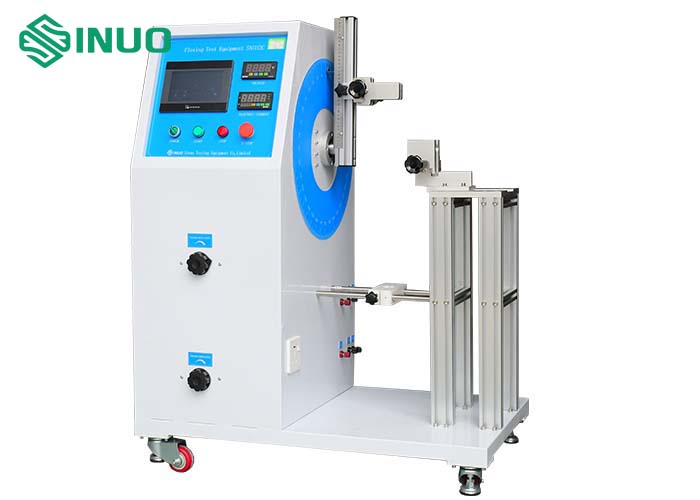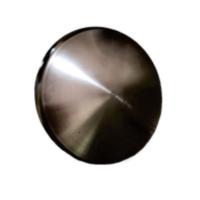Sinuo is an innovation manufacturing company, specializing in the
research and development and sales of laboratory construction and
testing equipment for electrical appliances (covering the
construction of energy efficiency and performance laboratories, as
well as supplementary waterproof testing laboratories, materials
flame-retardant laboratories, basic general testing equipment,
etc.), Sinuo aims to provide clients with complete laboratory
construction, system integration, R&D, rectification and
after-sales service, and strive to be the leader of one-stop
service for laboratory construction in the field of electrical
appliance testing.
Sinuo products are composed of all kinds of testing
equipments as per standards of IEC/ BS/ EN/VDE/UL/ ISO...,
such as household appliances testing equipment, energy efficient
testing laboratories and comprehensive performance test system for
household appliances, battery testing
equipment, automotive testing equipment, luminaries
testing equipment,IP code testing equipment, environmental test
chamber, flammability test chambers, EMC testing equipment and etc.
Sinuo employees include a highly trained staff of engineers for
sales and service, that are committed to offer satisfactory
products and prompt service to all home and abroad customers.
Sinuo cooperate with many research institutions and schools to
enable our techincal capacities. Sinuo has two own factories, one
is in Guangzhou, the other is in Dongguan, and authorized agents
and representative offices in Korea, South Africa, Egypt,Pakistan
and Philippines.
Sinuo combines all the R/D and production advantages, contributes
to provide perfect, high-end and systematic electrical appliance
testing laboratory solutions, products and services for corporate
customers, universities and third-party laboratories. Our clients
include Bureau Veritas, CSA, Intertek, TUV Rehiland, TUV SUD, SGS, etc.















